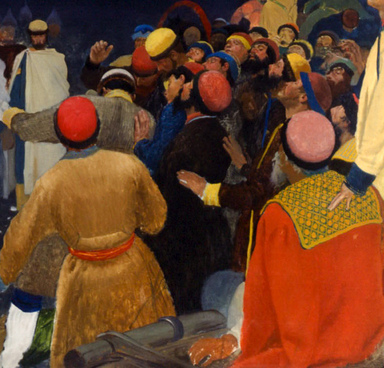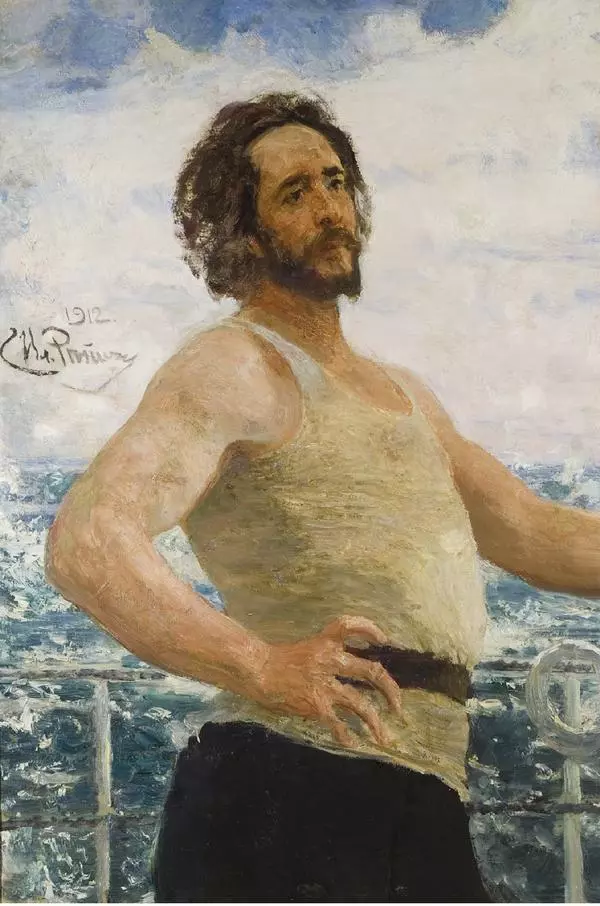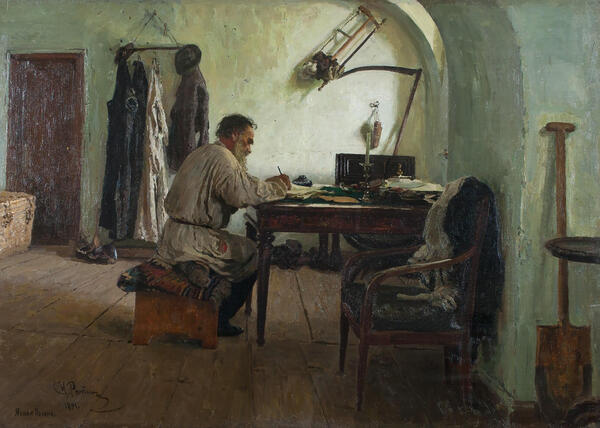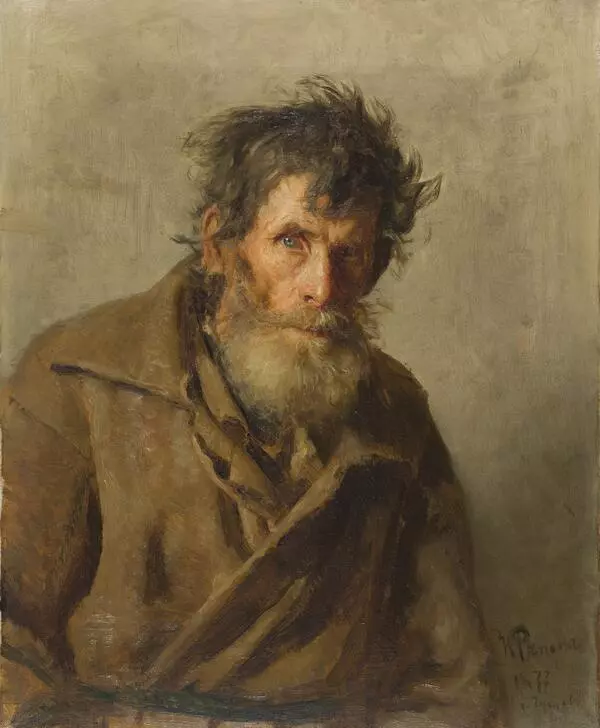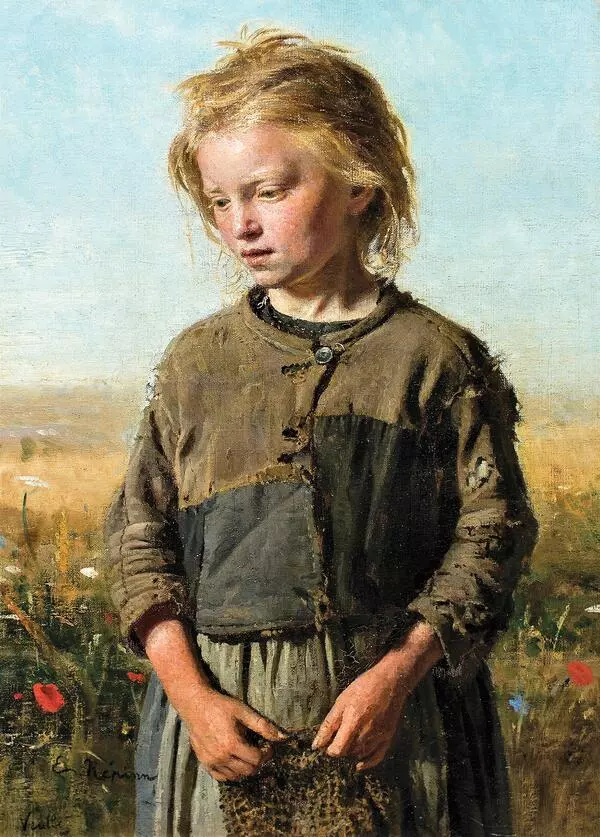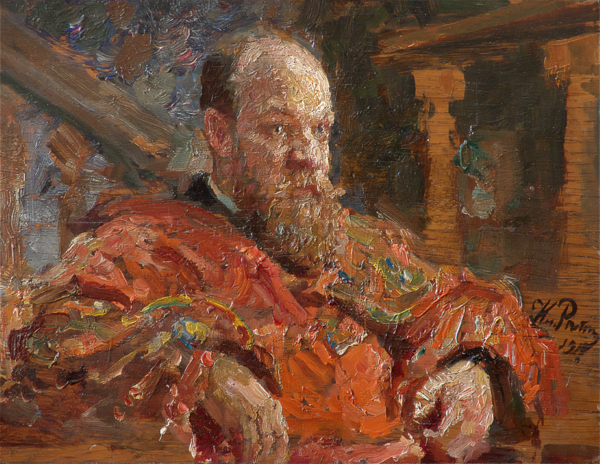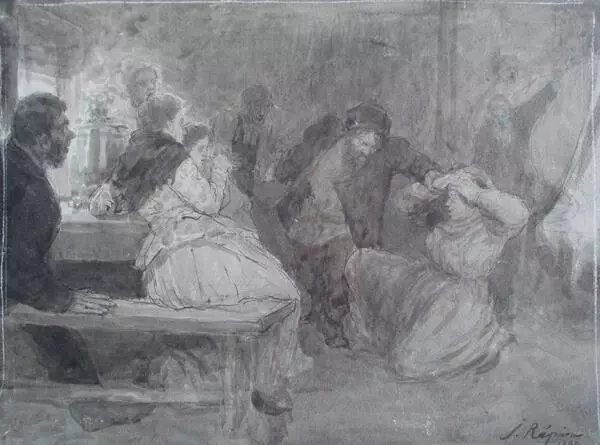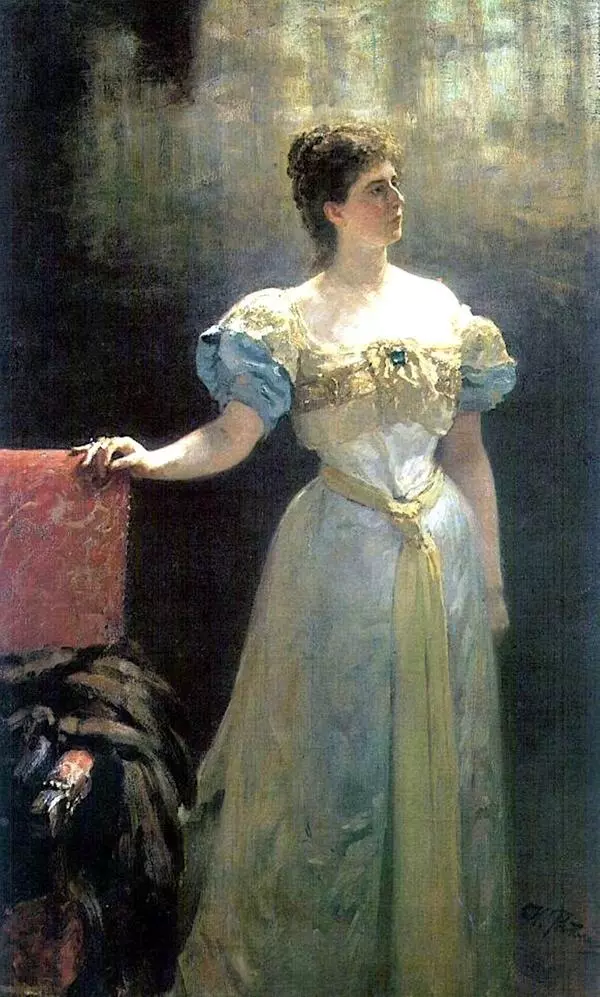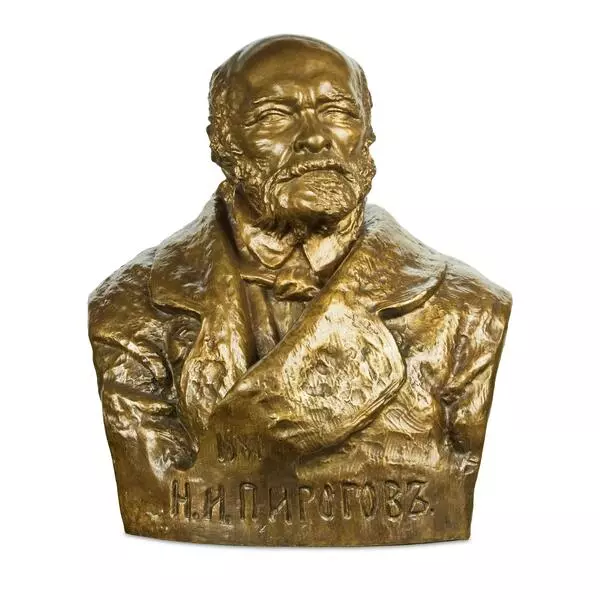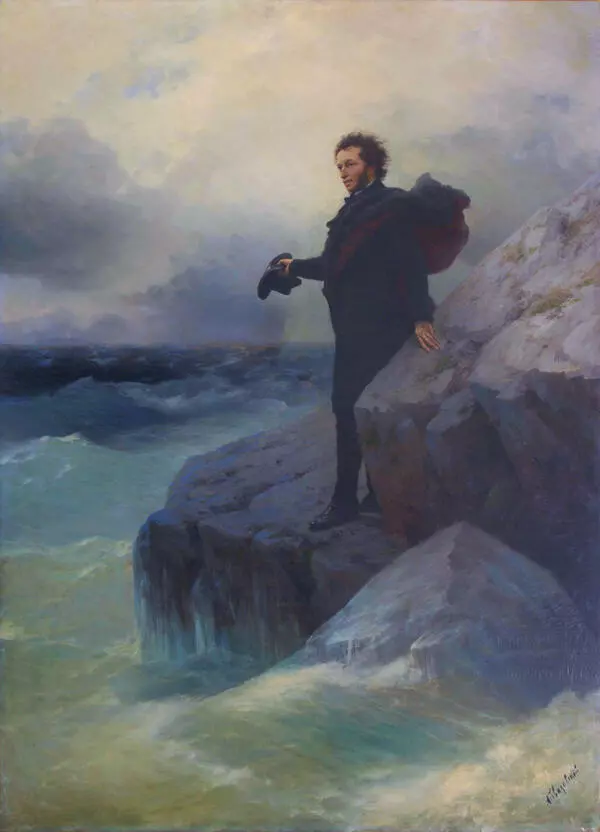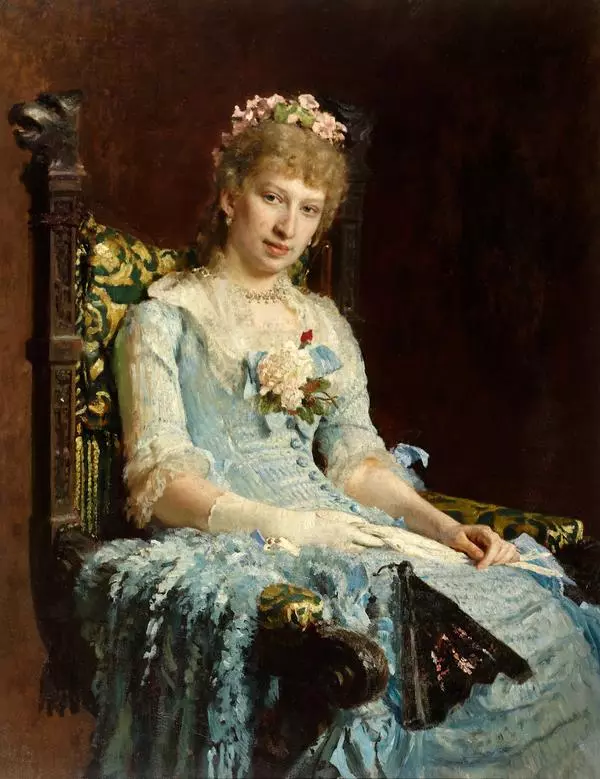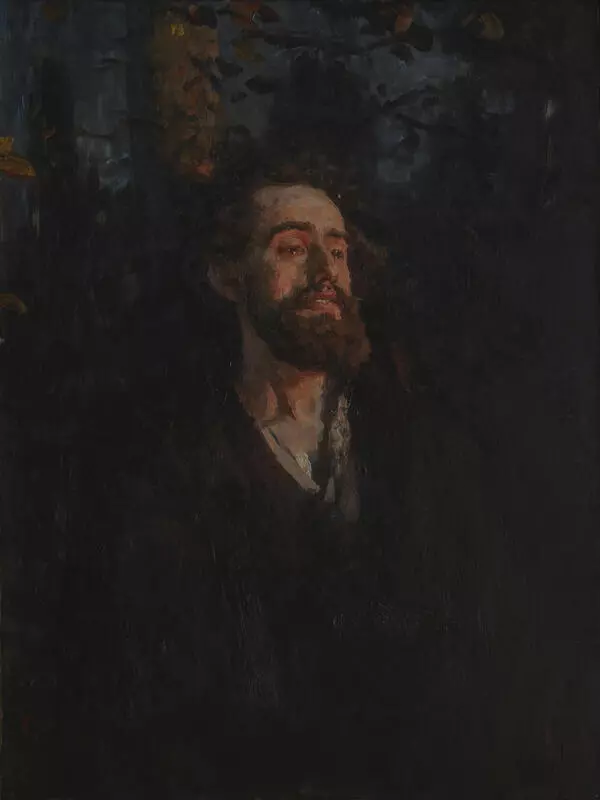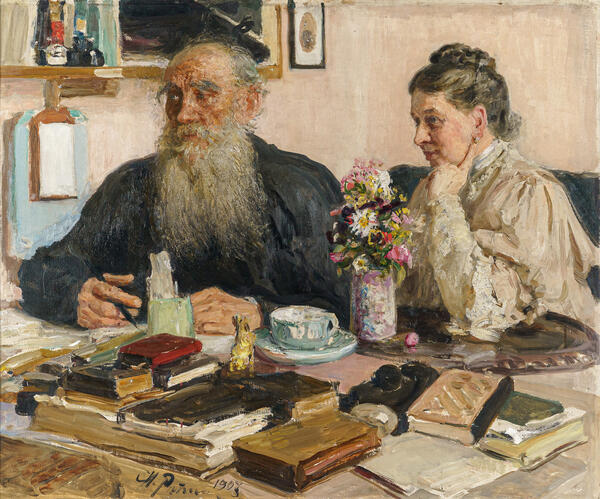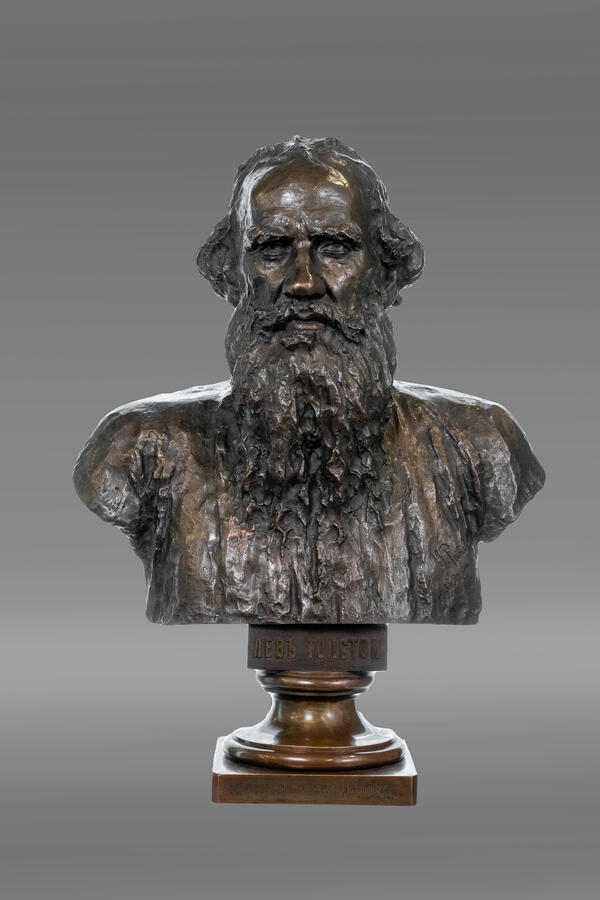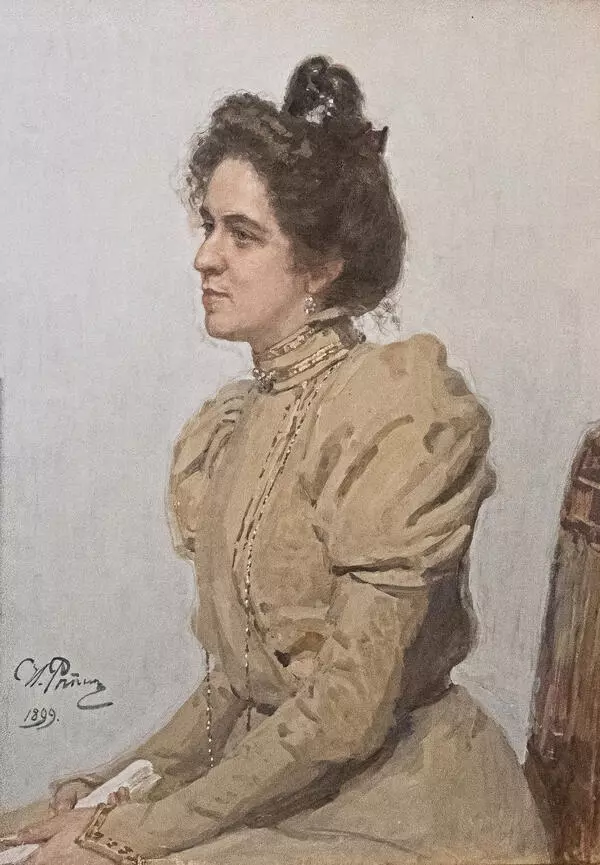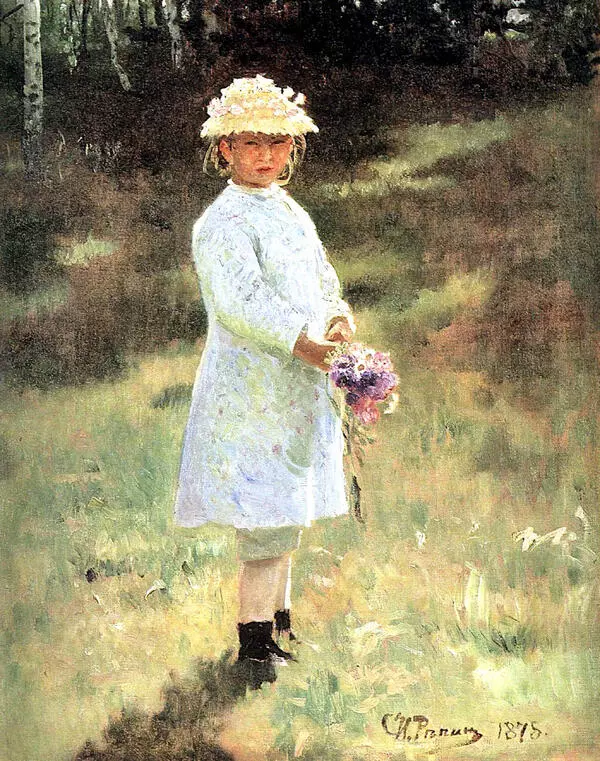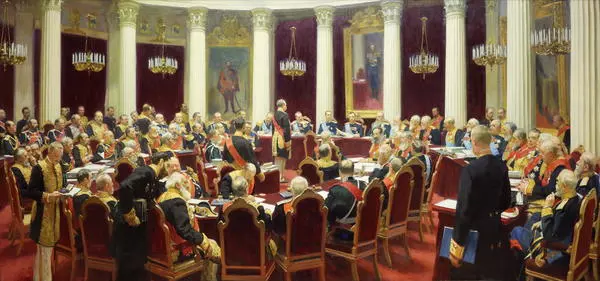Among the five paintings by Ilya Repin housed by the Nizhny Tagil Museum of Fine Arts, “Zaporozhian Cossack” is the most eye-catching one. This is a study for “Cossacks are Writing a Letter to the Turkish Sultan” which Repin began painting in 1880 and finished in 1891. The famous canvas itself is currently displayed in the State Russian Museum in St. Petersburg.
“Zaporozhian Cossack” is painted with lively, energetic brush strokes, easily conveying volume, highlights, and textures, which indicates that this is a study. The painting also shows traces of working from nature. The study bears Repin’s signature and the date — 1884.
Ilya Repin was born into a family of a former soldier in the town of Chuguev, Kharkov Governorate in 1844. He attended the Topographic Engineer School and later studied under the icon painter and portraitist Ivan Mikhailovich Bunakov and completed commissions for icons and church paintings. Ilya Repin earned recognition as a painter. Having entered the Imperial Academy of Arts at the age of 19, he simultaneously studied at the Drawing School of the Society for the Encouragement of Artists. He was awarded the title of an academician for the painting “Sadko” which he painted while traveling to France in 1873–1876.
Ilya Repin painted the studies for his large canvas “Cossacks are Writing a Letter to the Turkish Sultan” not only during his trips to the Zaporozhian Sich in 1880 and 1888 but also in Moscow where he searched for suitable models and offered many of his friends and fellow artists to sit for this painting. As a result, Repin collected many studies and drawings which he kept revising. The work lasted 13 years, from 1878 to 1891. The finished painting was displayed not only in Russia but also abroad along with 30 studies of “heads” made while working on the painting, including the one that now belongs to the Nizhny Tagil Museum. The chest-length image of a man wearing national clothes, with his long Zaporozhian-style mustache and an earring, seems to be captured from life. Ilya Repin created a certain character type that embodied not only the national identity of the Zaporozhian Cossacks but also a larger concept of a strong and independent person.
The study was purchased by the Nizhny Tagil Museum
of Local Lore from Tashchilina, a Moscow citizen who had been evacuated to Nizhny
Tagil. In 1951, the painting entered the Museum of Fine Arts.


